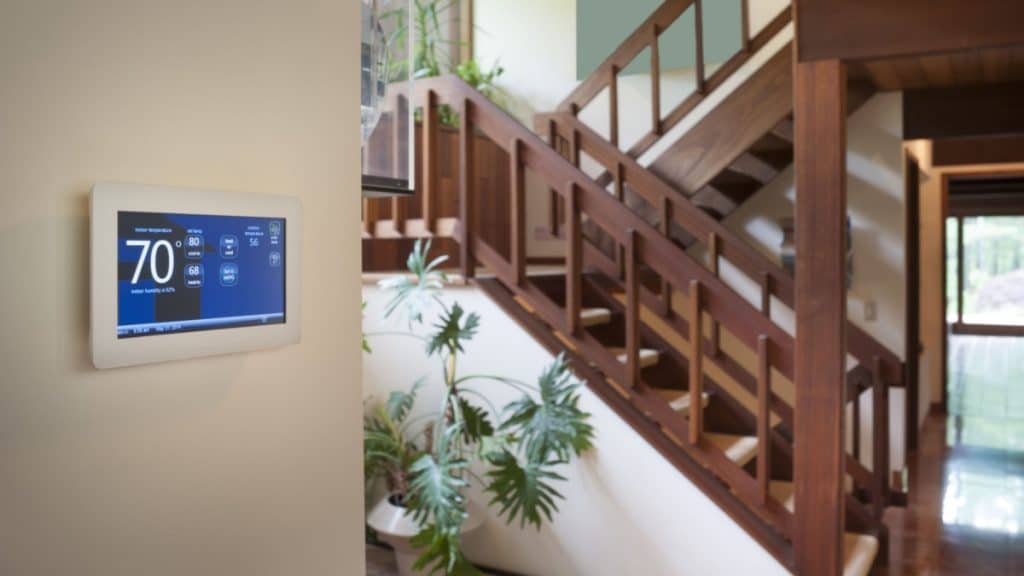The concept of smart home systems is becoming popular among homeowners since it provides remote control for internal security and, thus, peace of mind. Alarms, motion sensors, and cameras are the common elements of a smart home system. However, fans and heaters can be integrated safely into your smart home system with/without other smart devices. Are you wondering how? Follow the tips below:
Pair Fans With Motion Sensors
Pairing fans with motion sensors can always work. Once a fan gets automatically turned on after detecting motion in a vacant area, it creates the illusion of possession and potential intrusion and deters intruders.
Set Timing for Fans to Turn On and Off
Ensure the fans in your home operate depending on schedules that you set for them to turn on and off at certain times. Since the scheduling mimics your everyday routine, it makes you believe that someone is at home when you are absent. As you set your fan to switch on in the morning and table fan to turn on in the evening, it creates the illusion of activities.
Control and Monitor Fans Remotely
A smart home system helps you to control fans remotely. Turn on/off the fans via a smartphone app, which makes you feel at home or stay updated on things when you aren’t at home. Even when you are on vacation, you can remotely switch on a fan in your bedroom, which is one of the safest ways to keep your property safe from intruders.
Keep and Leave Heater on the Floor
Many people love to position a heater somewhere so it blows directly on their face. Avoid doing that unless you lie down flat on the floor, which is the perfect place to keep a room heater. Never keep a cooler on a stool, shelf, or dusty workbench in your basement and on the top of your bed with fillings and flammable fabrics, and keep it away from the rug if possible. You must always try to keep the heater on the smoothest and flattest surface. Some heaters are a little upward by default, so you can’t move yourself.
Place Heater Far From Water
Electricity and water, when both are close, can create big mishaps. So, you should keep your heater away from all wet areas, such as the bathroom and kitchen. You should go for a bidet if you want your toilet to be warm.
Avoid Placing Heater Near Inflammable Objects
You should position a heater at least 3 feet away from inflammable substances, such as bedding, pillows, furniture, paper, and curtains. Place the heater somewhere where it may not get damaged, even if there is a little risk of pillows and other flammable objects, like in an earthquake.
Don’t Keep a Heater Alone in a Room
You should never keep a heater alone in your room as that helps to prevent a fire. It also makes it easy for you to take quick action if anything goes wrong. If you have children or pets, keep them a minimum of 3 feet away from the heater, even if it is unplugged. They can drape fabric on the heater, damage it anyway, or affect its operations. The cord and plug of the heater with certain intuitive on and off switches pose uncommon electric hazards to curious children. Even though many children tend to back off from heat, very few kids can sense an electric shock.
Some heaters have instructions warning people not to keep them switched on when sleeping. Many heaters have built-in timers that help minimize the chance of their operations being unattended. You can set the heaters to shut them off automatically after 60 minutes. Thus, you can sleep in an environment of hot air without the risk of sudden fire.
The Bottomline
A smart home system is unimaginable without comfort and safety. Fans and heaters can always make you feel comfortable during the unbearable temperature. However, integrating them safely into your smart home system is crucial to living a healthy and risk-free life. So, follow the tips above to safely integrate fans and heaters into bedrooms, living rooms, kitchens, or other areas in your home.
